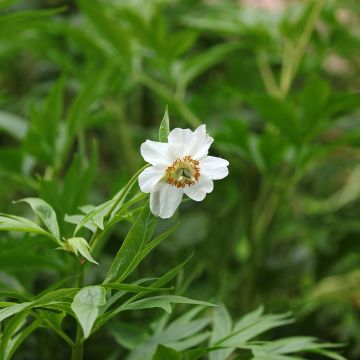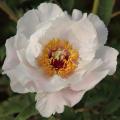Botanical Peonies
Would this plant suit my garden? Set up your Plantfit profile →
Available in 2 sizes
Available in 2 sizes
Available in 1 sizes
Available in 1 sizes
Available in 1 sizes
Available in 1 sizes
Available in 1 sizes
Available in 1 sizes
Available in 2 sizes
Available in 1 sizes
Available in 1 sizes
Botanical peonies, belonging to the genus Paeonia, are the ancestors of our garden peonies. They belong to two major categories: herbaceous perennials, whose above-ground vegetation disappears in winter, similar to Paeonia tenuifolia, officinalis, and lactiflora (the Chinese peony), and tree peonies that retain their structure but lose their leaves in winter, such as Paeonia suffruticosa, lutea, and delavayi. Often unknown and rarely planted nowadays, botanical peonies are both jewels for our gardens and robust plants, adapted to difficult living conditions imposed by nature.
With botanical peonies, flowers are mostly single, and colours range from white to pure yellow, with various shades of pink and red. Their flowering period is shorter and often earlier than that of their hybrids cultivated for our gardens. There are about thirty wild species spread throughout temperate Eurasia, and two species that are native to the North American West Coast. Peonies appreciate climates with distinctive seasons, appreciating cold winters that are favourable for flower formation. However, young leaves and flower buds can be damaged by late frosts.
Haven't found what you were looking for?






























































